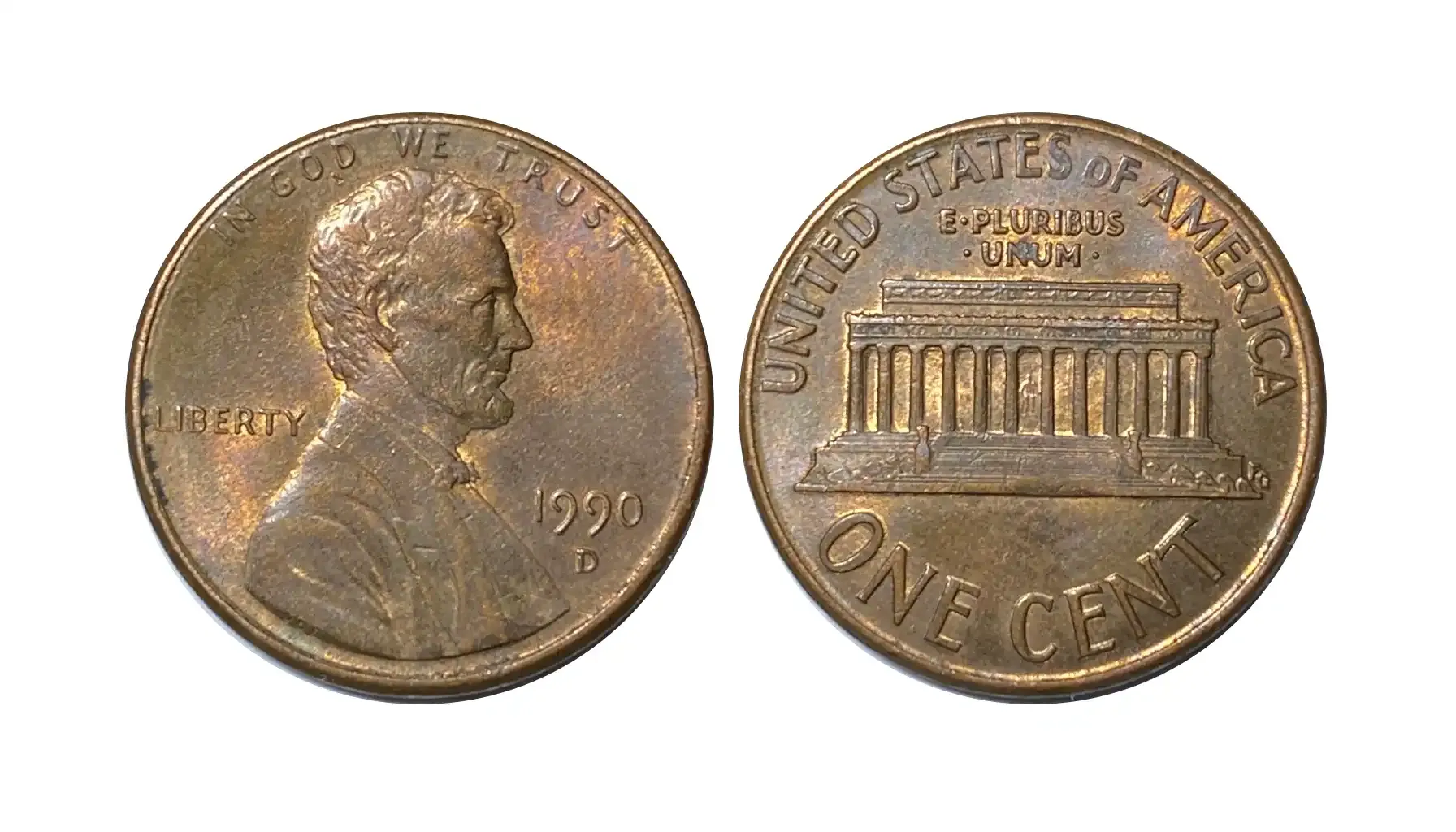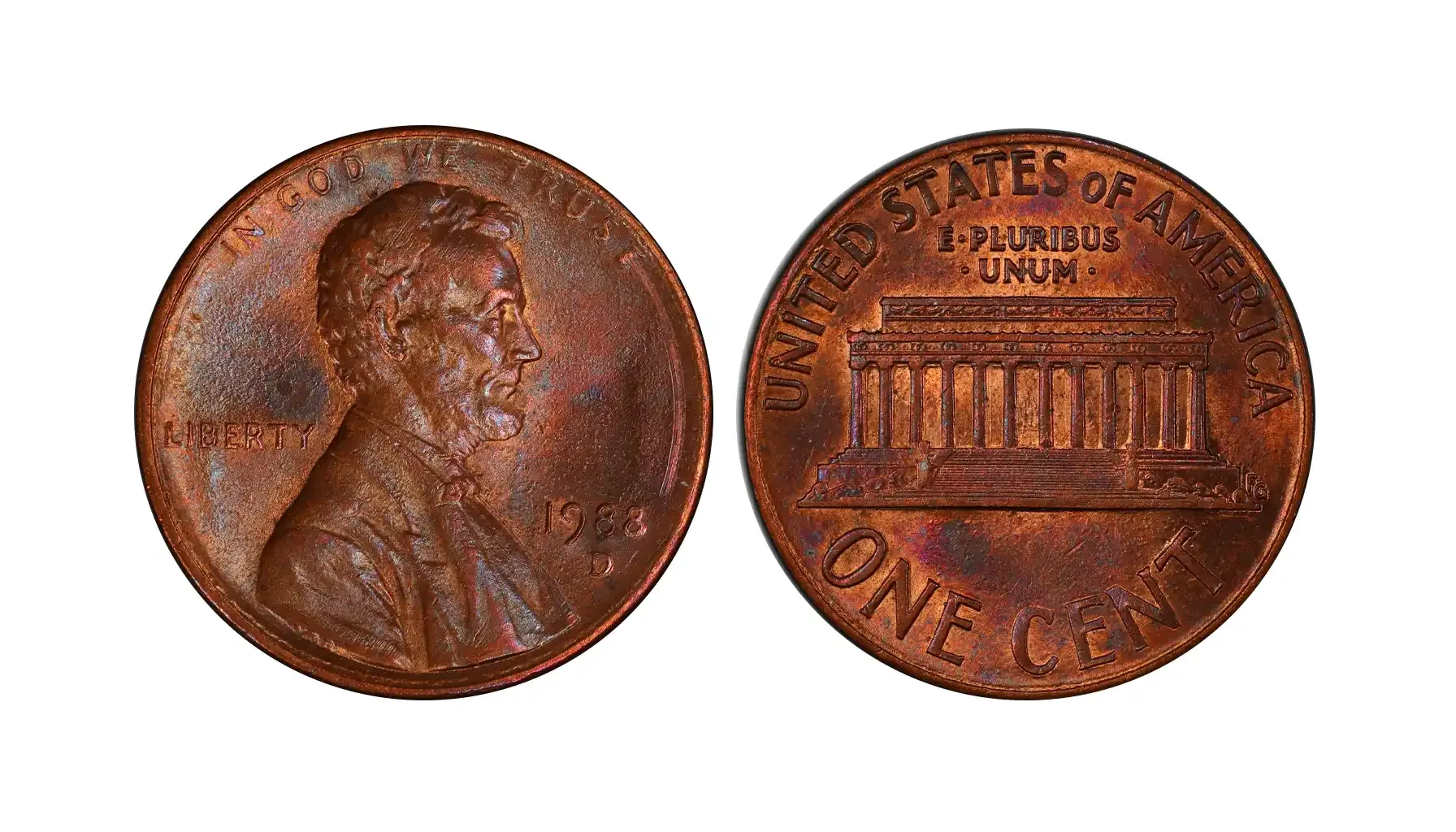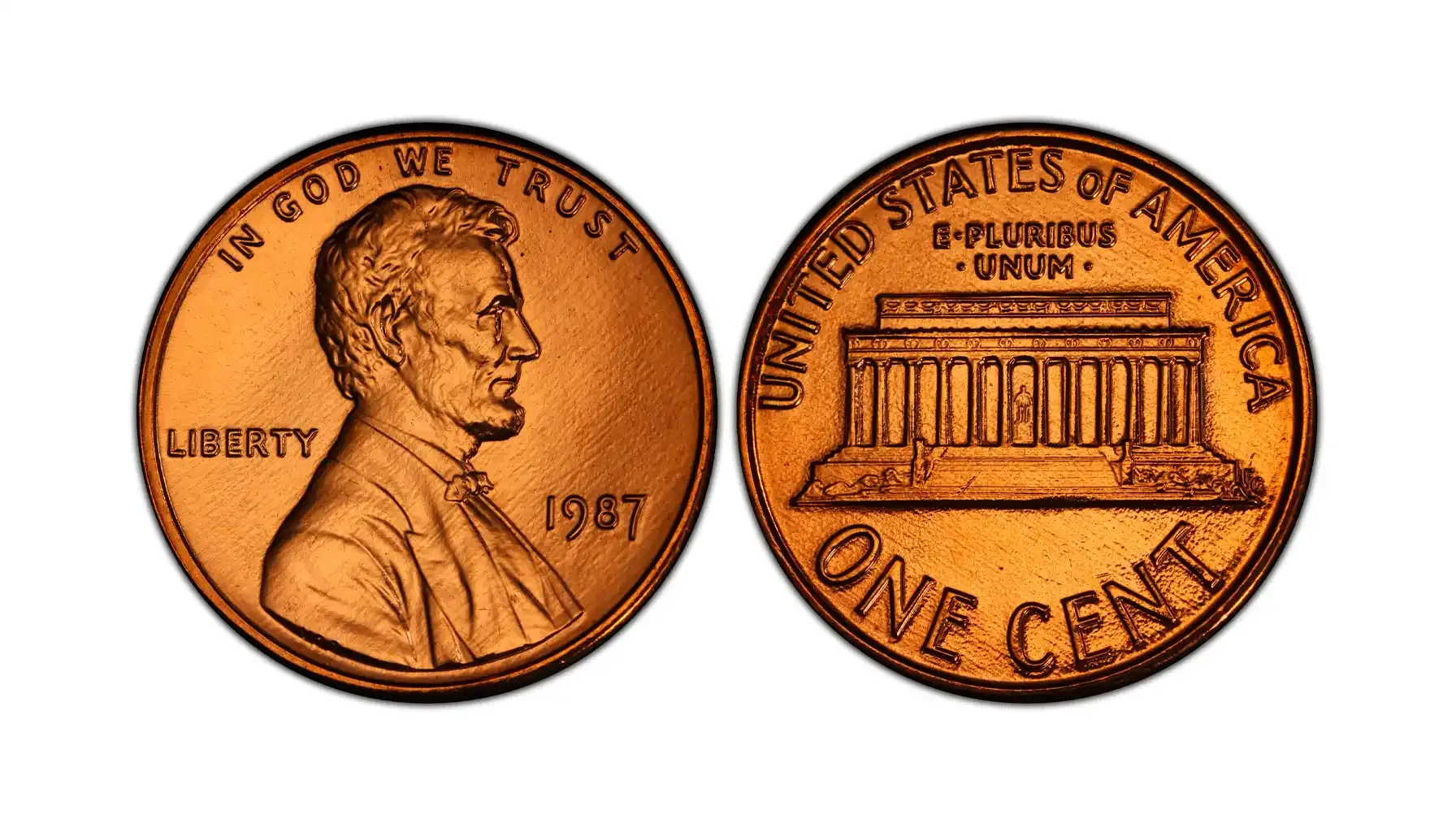Contents:
You're going through your old coin collection, and you spot something interesting. Finding a genuinely valuable coin is a thrill, and the 1976 Lincoln Penny? Well, it might surprise you with its potential. Before getting too excited, perhaps you even considered using an online coin identifier to get a rough estimate?
The real key is understanding the details of these coins. Whether you're dealing with a 1976 penny D, or something else, you've got to know the details to gauge its worth.
That's why this guide digs deep, providing you with the info you need to assess your pennies, including whether you have a 1976 penny no mint mark, and determine their true value. Let's find out if you've got a winner! and discover if your cent might be worth significantly more than just its face value.
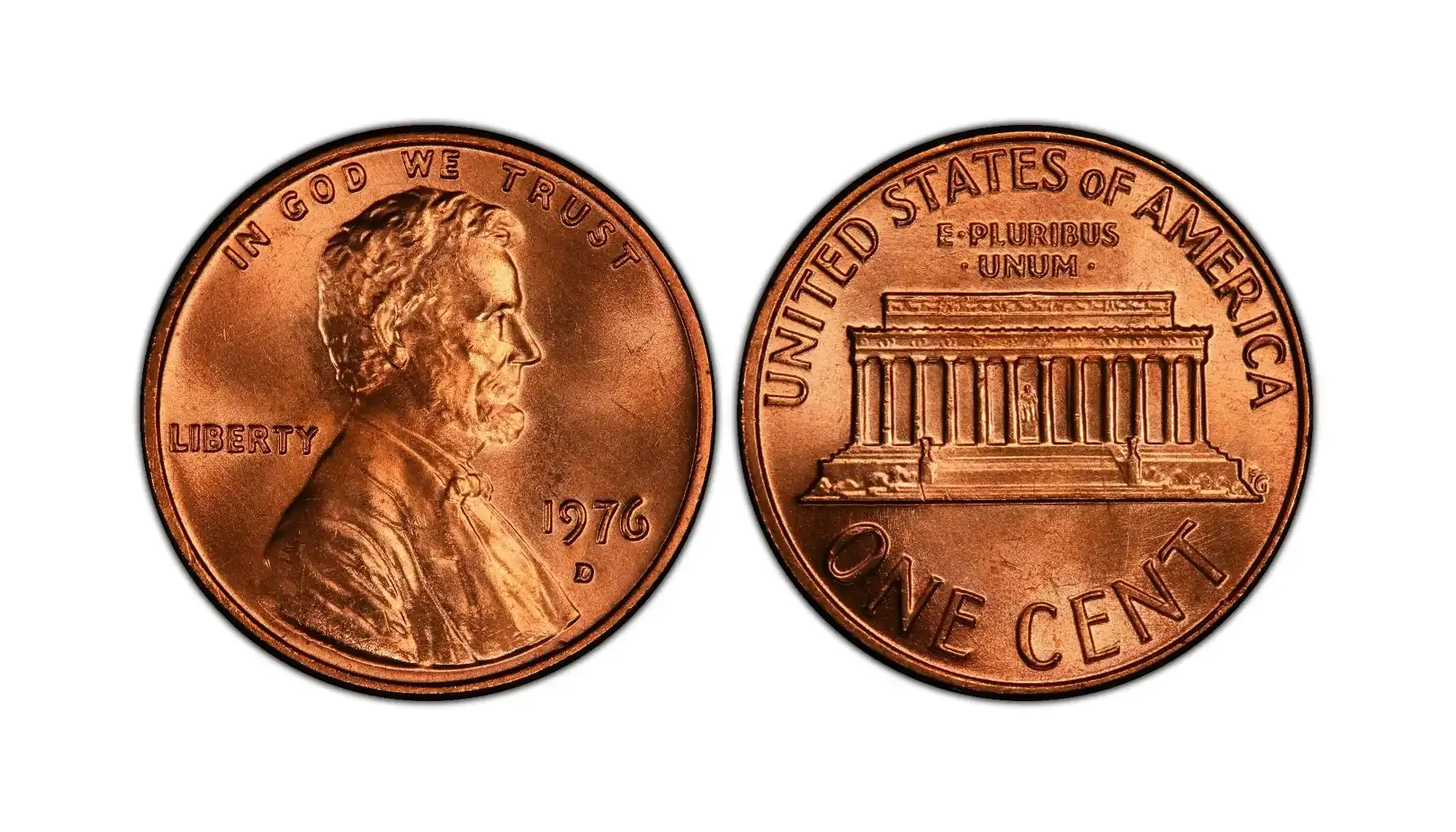
Foundation in American Coinage
The Lincoln Penny, introduced in 1909, isn't just any old coin; it marked a turning point. And there will be many more such points from 1909 to 1940 in Lincoln Head’ history.
It was the first regularly circulating US coin to feature the portrait of a real person – Abraham Lincoln, naturally. Before that, coins were all about Lady Liberty or symbolic figures.
That alone made it a game-changer. The now familiar design with Lincoln on the obverse and, for many years, the Lincoln Memorial on the reverse, became iconic. This created a sense of national pride as people were more connected.
While most Lincoln Cents are made of copper-plated zinc (after 1982) or were made of bronze (before 1982), their value isn’t just about the metal content. It’s about their history, condition, and any unique characteristics.
So, while you might not be melting them down for their raw materials (please don't!), their numismatic value is what collectors are after.
Of course, you might wonder, the value of 50 cent pieces 1776 to 1976. A completely different set of coins, materials, and designs.
The Bicentennial Significance
Celebrating 200 Years |
|
Beyond the Penny |
|
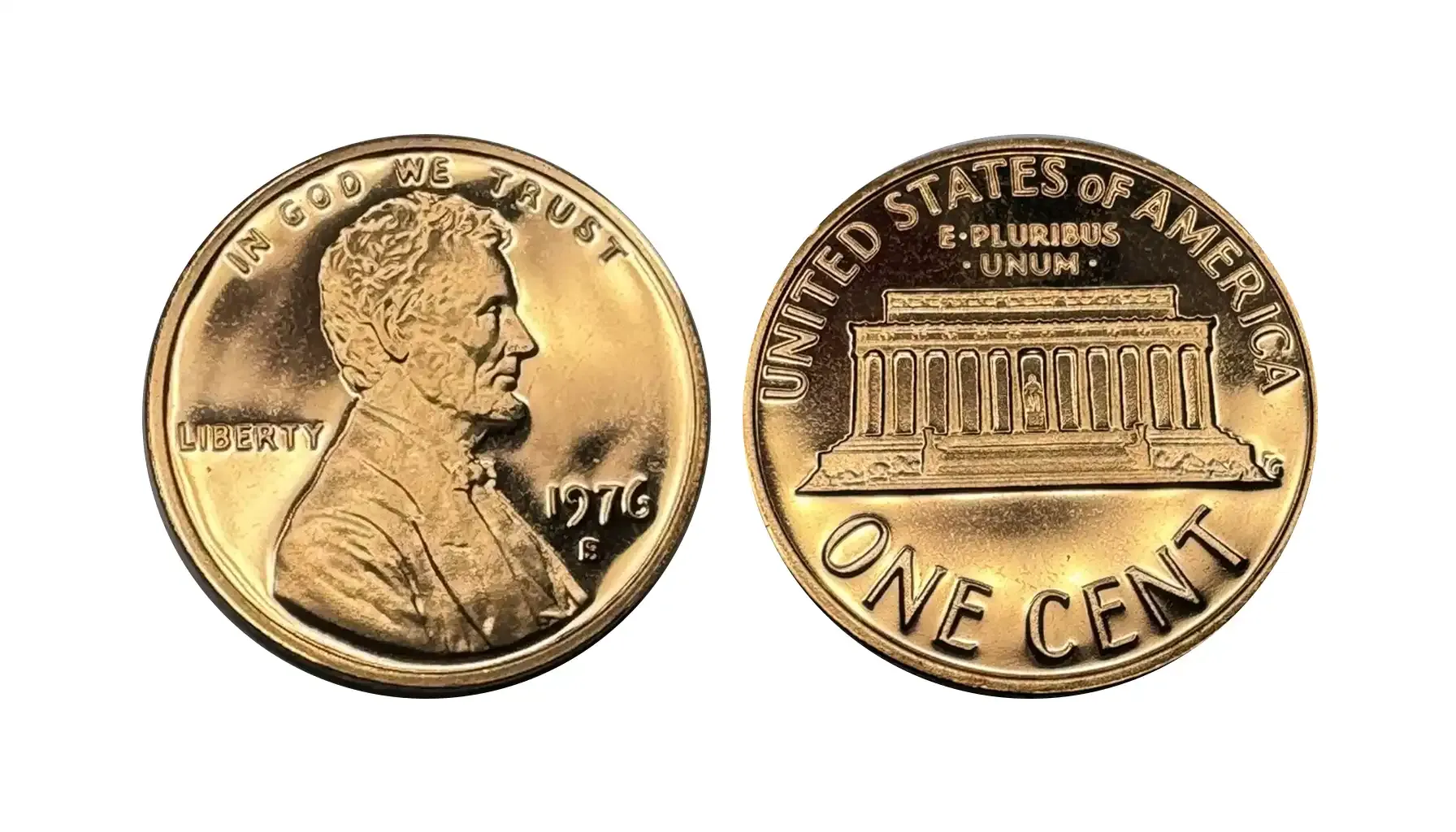
What Elevates a 1976 Lincoln Cent?
Condition | The better the condition, the more valuable the coin. Uncirculated examples, with their original luster and details, are always more desirable than worn, damaged coins. Study up on grading scales to accurately assess your coin's condition. |
Errors | A 1976 penny error list is a collector's best friend. Keep an eye out for double dies, off-center strikes, or other minting mishaps. Even minor errors can significantly increase a coin's value. Don't assume everything is perfect just because it looks 'normal.' |
Mint Mark | Pay attention to the mint mark! Philadelphia (no mint mark), Denver (D), and San Francisco (S) all produced Lincoln Cents in 1976. The relative rarity of each mint mark can influence the coin's value. This will definitely help determine how much is a 1976 D penny worth. |
Main Features
If you're staring at your 1976 penny and don't see a little letter below the "LIBERTY" on the obverse (Lincoln's side), that means it was minted in Philadelphia.
This is what we mean by a 1976 penny no mint mark. Philadelphia didn't put mint marks on their pennies back then, so it's not a mistake – it's just how they rolled.
The number of these produced are generally higher, unless there is some kind of unique quality or error to the coin itself.
Now, if you DO see a "D" there, congrats, you've got a 1976 penny minted in Denver.
These are still pretty common, but knowing where it came from is a key part of understanding its potential value. But what contributes to the penny 1976 D value?
Well, as with all coins, condition is important, and whether or not there's an identifiable error! Also, remember that with these coins, it's the overall story and collectability that creates value.
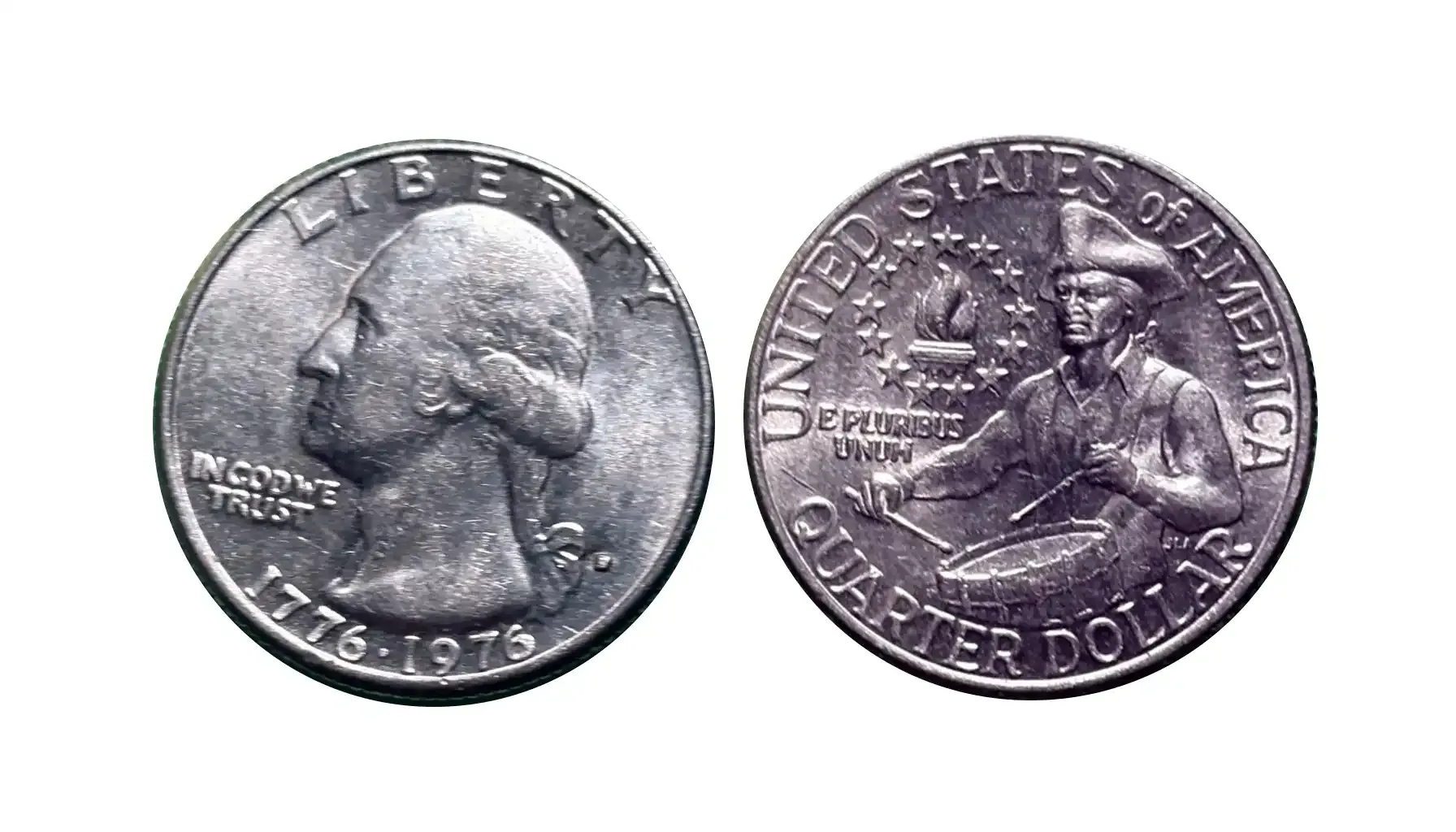
Historical Context is Key: Even though the penny design stayed the same, its connection to the Bicentennial year adds a little historical oomph. It was circulating during this massive national celebration, which gives it a certain "cool" factor. People have been interested in similar questions about other Bicentennial coins, such as asking "25 cent 1776 to 1976 value?"
What Else to Consider?
No Silver Here: There's no such thing as a 1976 silver penny! Lincoln pennies are made of copper (before 1982) and copper-plated zinc (after). Be very suspicious if someone tells you otherwise!
Don't Forget the Half Dollars: You might even start wondering about a 50 cent coin 1776 to 1976 value as you are researching it, because it is all connected! The coins created at that time are all very historically significant.
1976 Penny's Potential Worth
Metal |
|
Doing Your Value | The smartest way to determine your coin's worth is to meticulously research recent sales data for comparable pennies. Look at online auction sites like eBay (check completed listings, not just asking prices), explore dedicated coin auction platforms (Heritage Auctions, Stacks Bowers, etc.), and consult established price guides (Red Book, PCGS Price Guide). You'll need to find pennies from the same year (1976), with the same mint mark (or lack thereof), and in a similar condition to your own. That way, you can at least get an approximate 1976 D penny value today. |
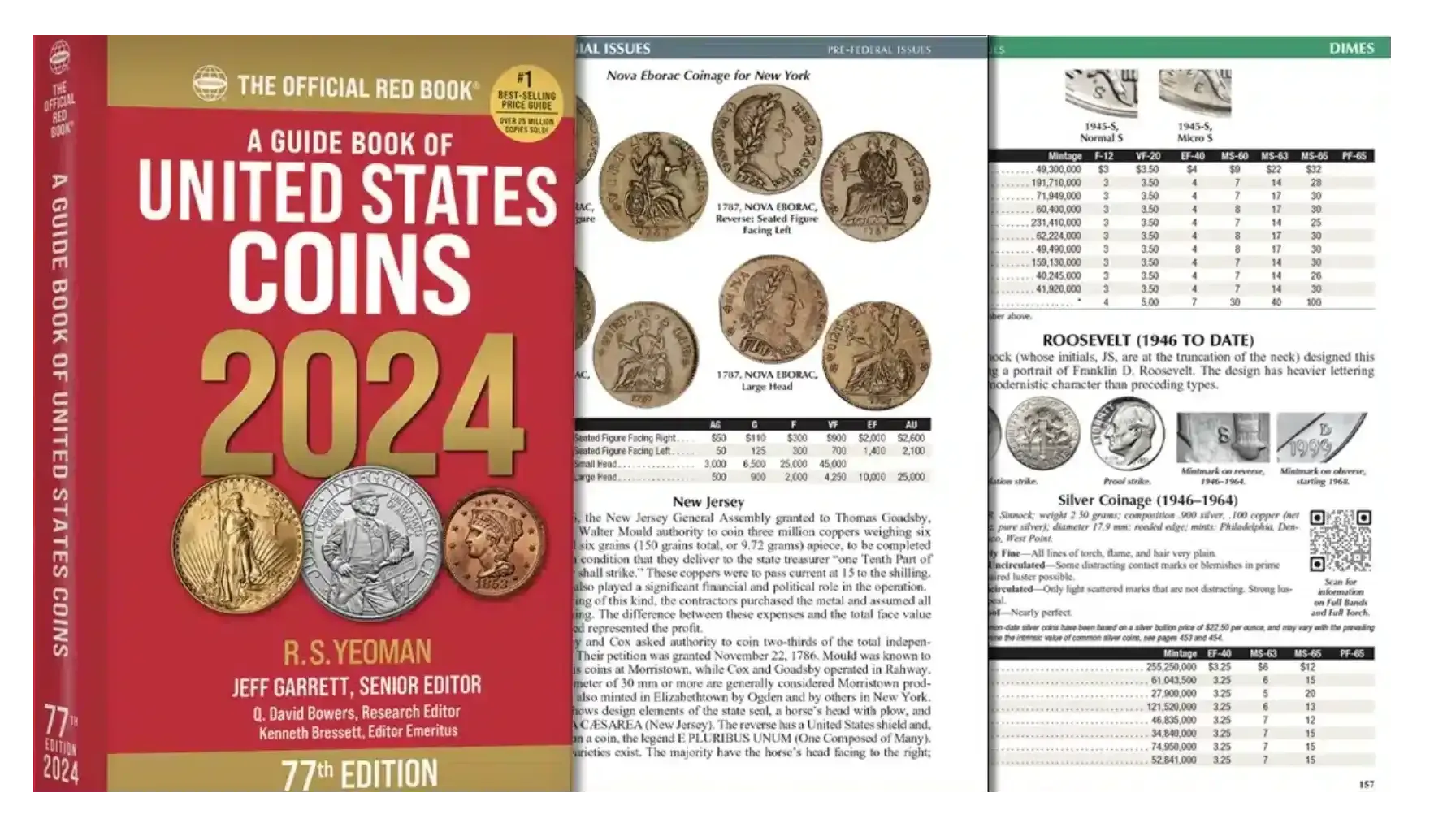
Other Numismatic Avenues
While you're in research mode, you might be wondering about the other Bicentennial coins released that same year, perhaps thinking, "1776 to 1976 50 cent piece value?" Well it's true. People often ask this question, and we are only trying to tell you that to get an idea of the overall market, so to speak. But comparing the Lincoln Penny to the half dollar can be insightful.
The half dollar, along with the quarter and dollar coin, received special Bicentennial reverse designs and were often made of different (and sometimes more valuable) metals. The half dollar had much more obvious features and thus may be worth more to a collector.
What the value of a half dollar is based on is much the same as a penny, though -- composition, condition, design, and the year it was created. As such, asking "how much is a 50 cent coin worth 1776 to 1976" really gets to the meat of how you value the two coins.
Reality Check
Statistical Reality | It's essential to keep your expectations realistic. The overwhelming majority of 1976 Lincoln Pennies are only worth face value (one cent) or perhaps a few cents above that. They were produced in massive quantities, and most examples you find in circulation are going to be well-worn and common. |
However, there's always a chance that you might stumble upon something special. Maybe your 1976 no mint mark penny is in exceptional condition, or maybe it possesses a rare and desirable minting error. The key is to stay informed, be observant, and don't lose hope. | |
If you are trying to see, maybe you will be best off searching for a 1976 D penny error list that might indicate some uniqueness that you can find. | |

